The bom2buy cube is going to be first presented in China, so that is why you will see some of the information in Chinese!
All the electronics (boards, firmware) were developed by Voja Antonic, and the enclosure was designed and developed at Supplyframe's DesignLab in Pasadena, California by me, Giovanni, using some of the awesome equipment available.
Connecting to a computer
If you establish communication between the cube and the computer, there's much more. The communication is performed via the virtual serial port, so if you should have some serial terminal program (RealTerm, or similar) in your computer, you can send a command to the cube, and it will send you back some data. Communication parameters are 9600, 8, N, 1. This port is used to issue the command or parameters to the cube, get the status, switch modes, turn lights on and off and so on. Don't forget to set automatic CR and LF characters after every command, as the cube firmware expects it after every command.
The command line is not case sensitive, so you can use uppercase or lowercase. It should contain one command word (or its abbreviation), one (optional) single-character operand or one (optional) numeric data, separated by spaces. All command abbreviations contain two characters, except the command HELP, which is abbreviated by a single question mark. So, if you type “?” (followed by <CR> and <LF>), you will get the HELP screen, like this:
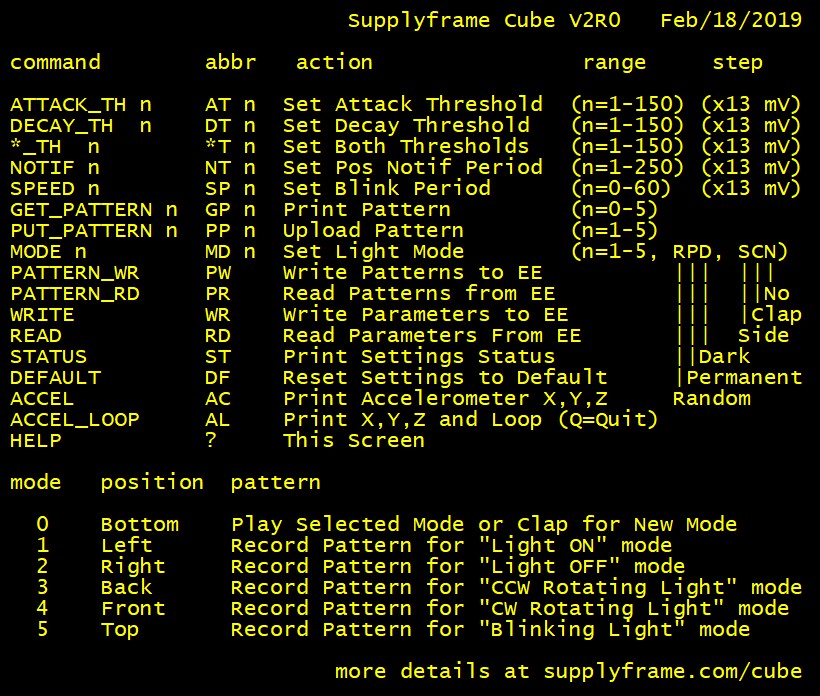
This will give you an idea what the cube can do, but there are some stand-alone functions also, so you don't need to have the terminal software to operate the cube. However, USB connection is needed, at least for power supply, so you must have the USB cable connected to the computer or, at least, to the USB charger.
BASIC FUNCTIONS
There are two lights inside the cube, the lower one, which employs 10 LED's at the bottom of the cube, and the main one, with 5 high power LED's at the top. The lower one blinks randomly by default, but it can be turned OFF or permanently ON by command MODE, followed by R (Random), P (Permanent) or D (Dark). The top light is ON by default (which is MODE 1), and it can be switched OFF (MODE 2), rotating CCW (MODE 3), rotating CW (MODE 4), or blinking (MODE 5). Please note that every command can be replaced by typing its two-character abbreviation.
You can also switch the mode by clapping your hands, or by beating with some object on your table. To perform this, you must record your patterns for every mode separately, and these patterns will be your "passwords" for turning lights on and off. We will talk about it later.
Command STATUS is used to read the current status of the cube: Attack threshold, Decay threshold, Notification period, Speed and Mode. We will talk about these parameters in detail later, but now we will say that all listed parameters can be reset to their default state by typing DEFAULT.
Inside the cube there is an accelerometer, MEMS sensor which senses gravitational acceleration for X, Y and Z axis, and thus the angular position of the cube. By typing ACCEL, you can read the current position of the cube. Command ACCEL_LOOP does the same thing in the endless loop, so you can watch how those parameters change while you are rotating and moving the cube. The loop can be terminated by sending character Q (this is the only command that can be issued without <CR> and <LF>).
During normal operation, the cube will send the position change every time it turns to a new position. Try turning it and it will communicate ‘Cube Left’, ‘Cube Right’, ‘Cube Bottom’ and so on. Also, after every mode change by clapping, it will communicate ‘Clap 1’, ‘Clap 2’ and so on. Both options can be switched OFF by command MODE N, and the first one can be switched on by MODE S (Side), and the another one by MODE C (Clap).
PATTERN PROGRAMMING
To program the clapping pattern for light ON (MODE 1), turn the cube to the left side. If the terminal program is connected, "Cube...
 Giovanni
Giovanni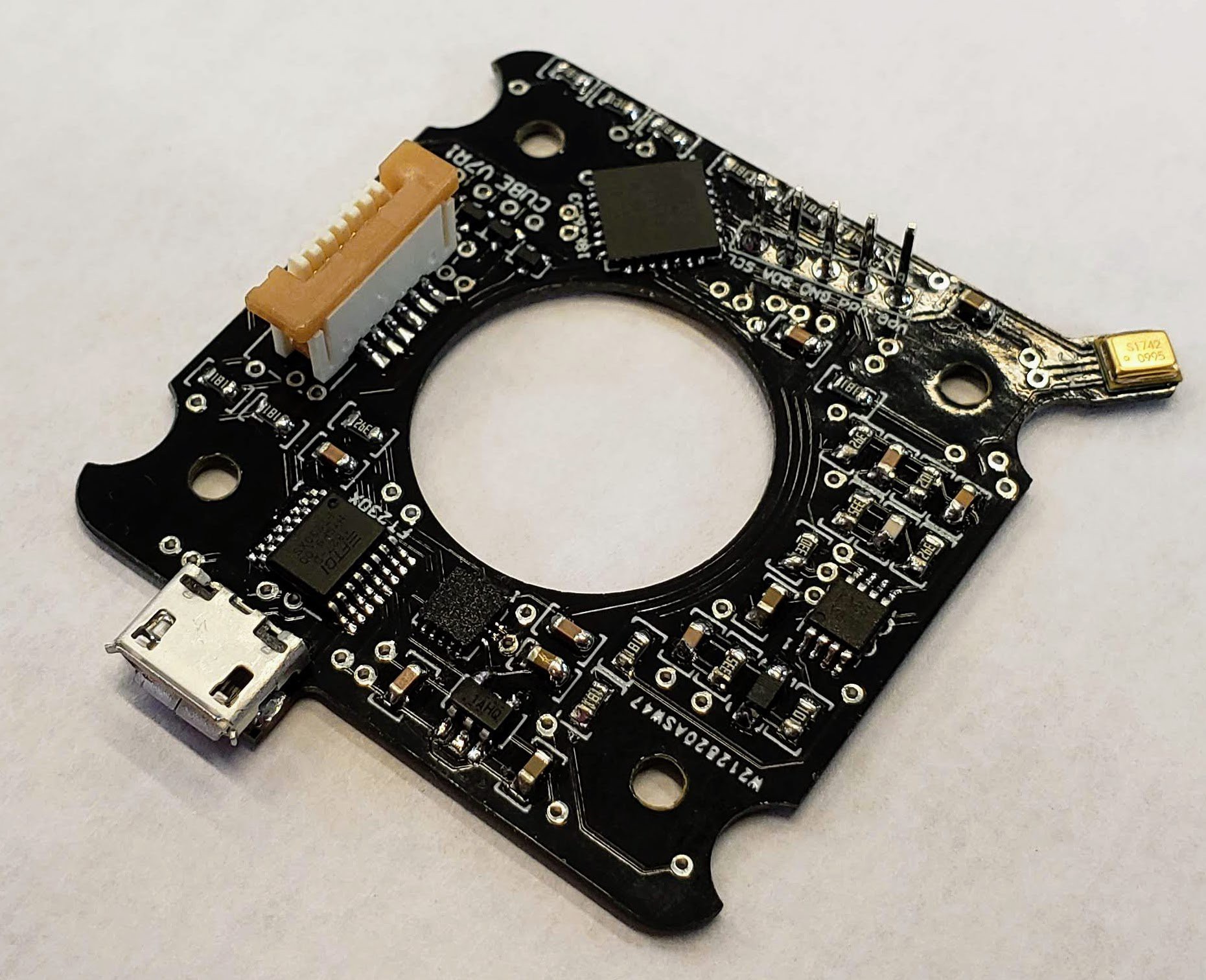
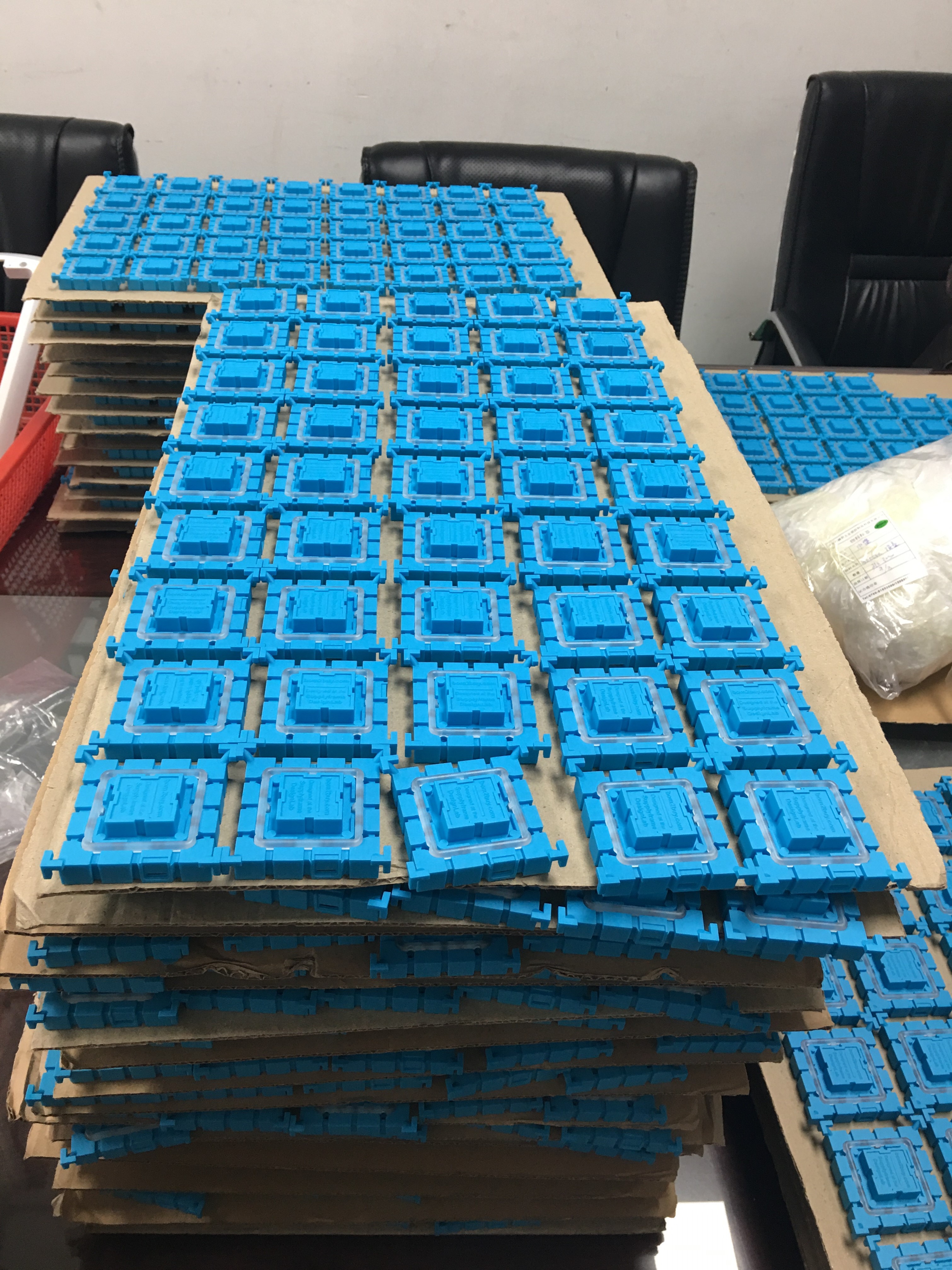
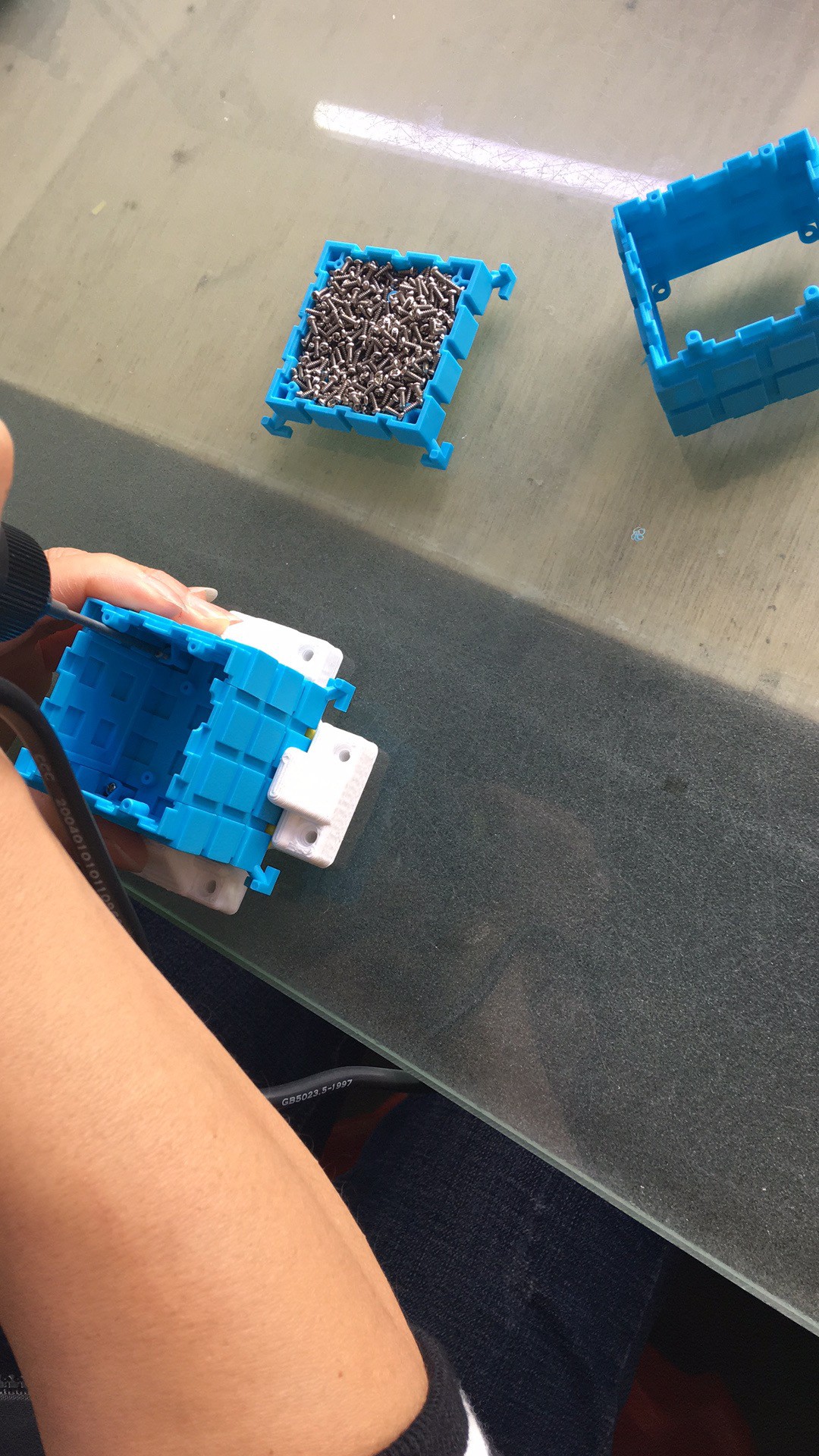
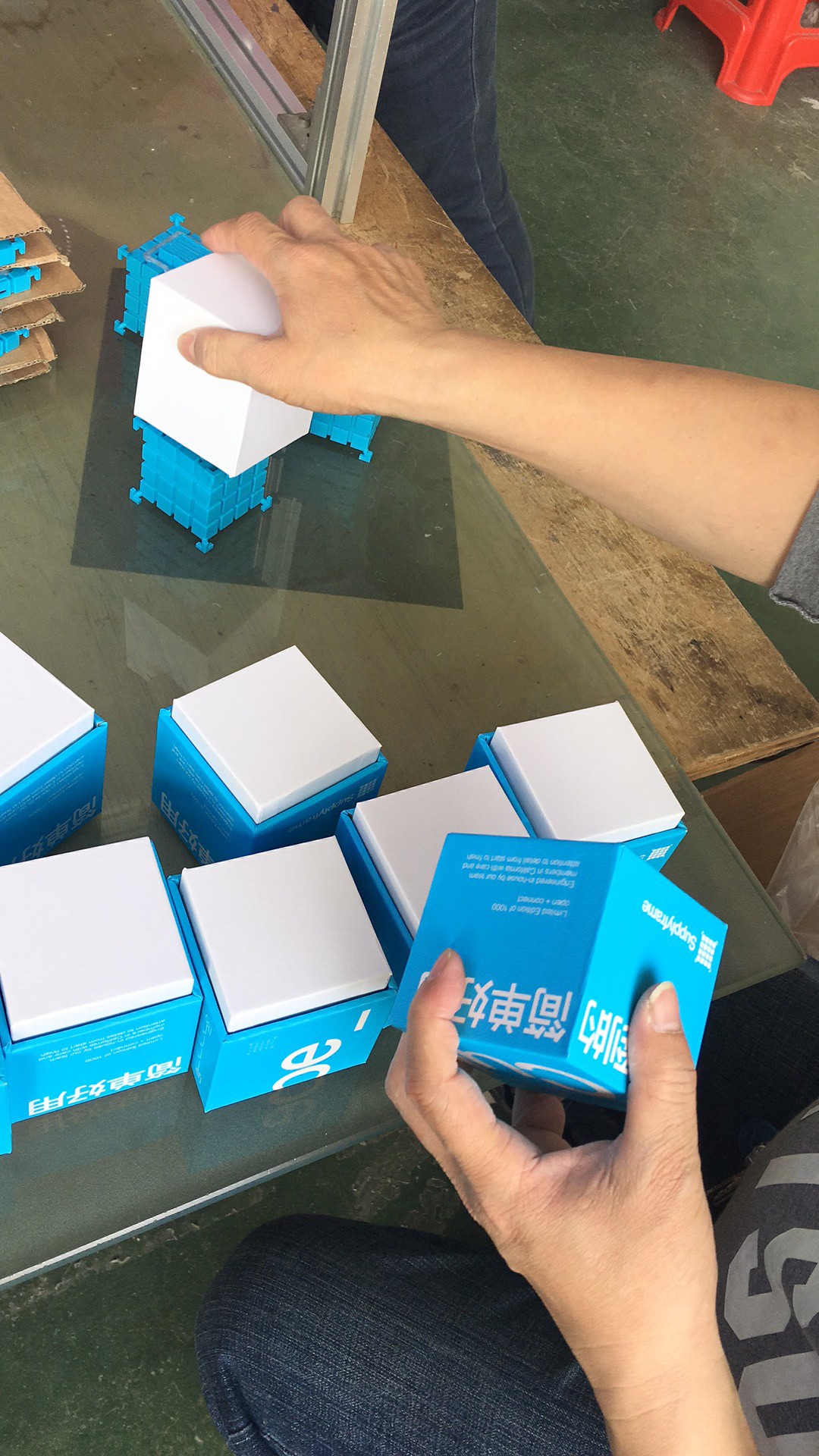
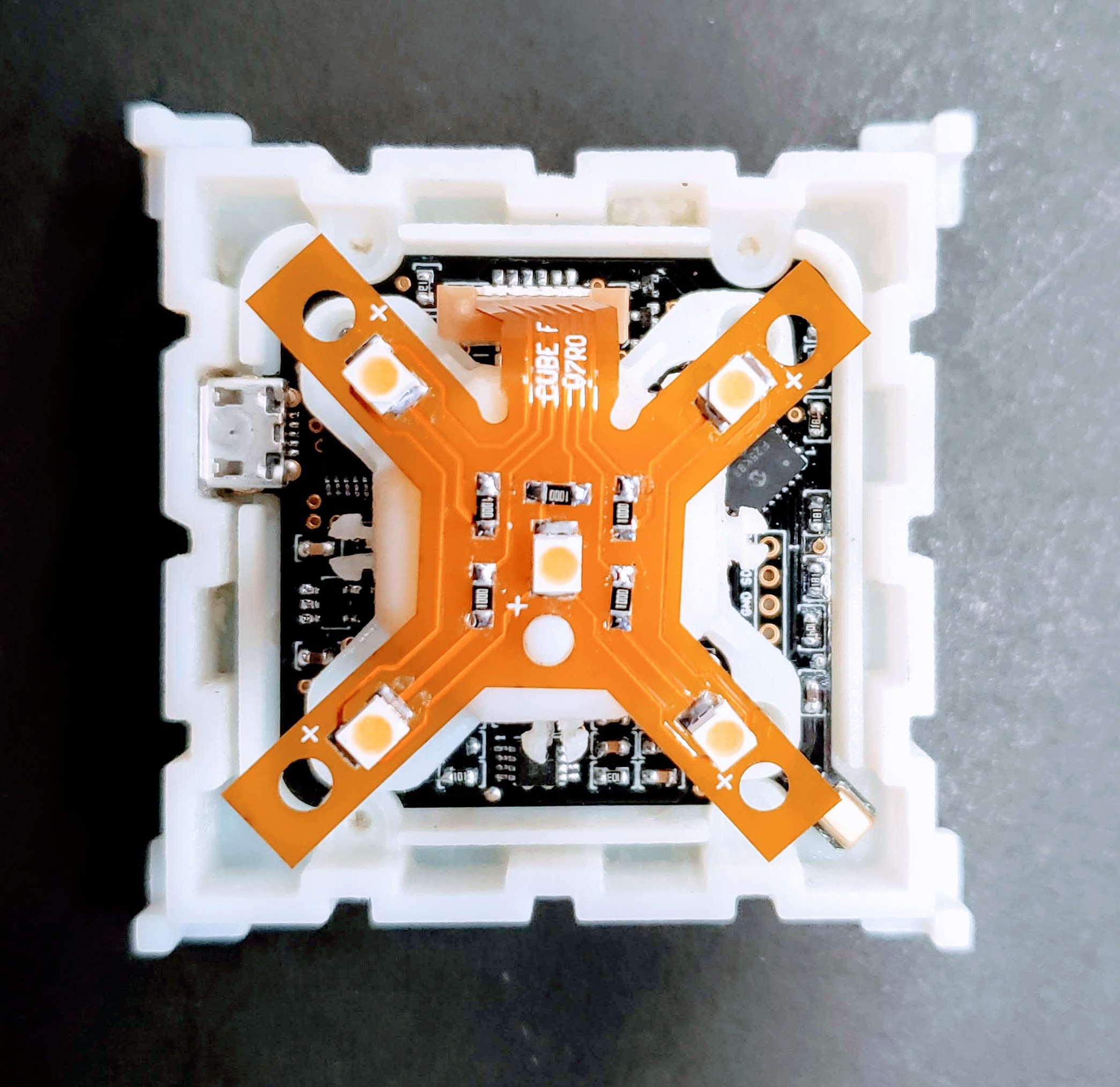
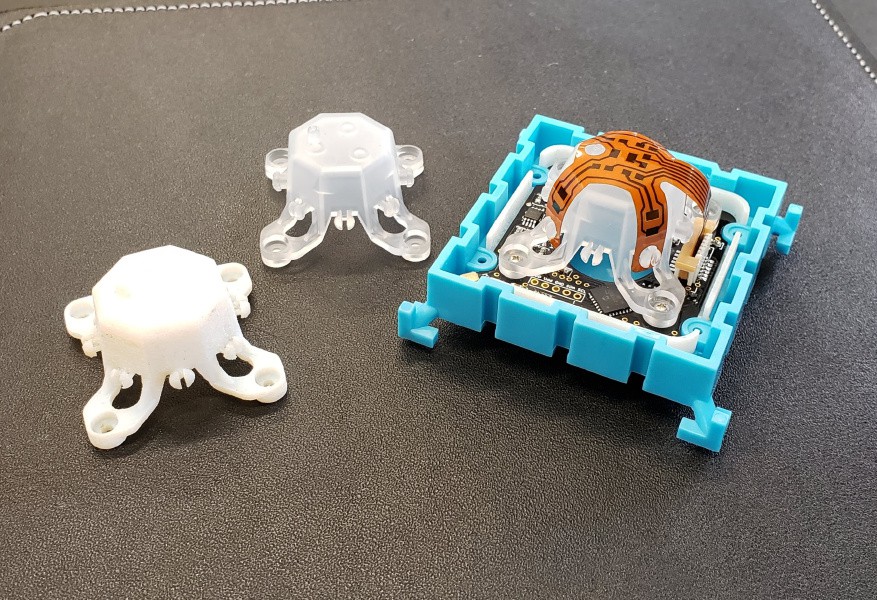
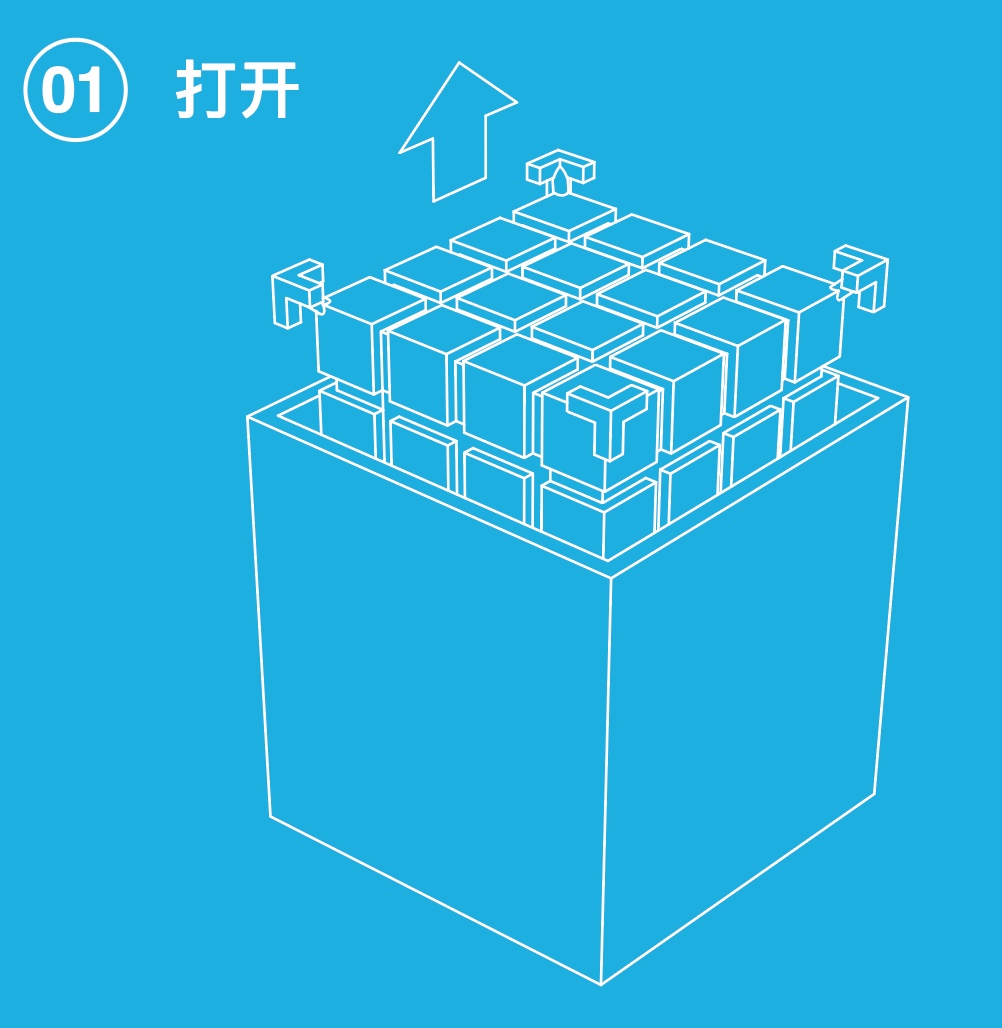
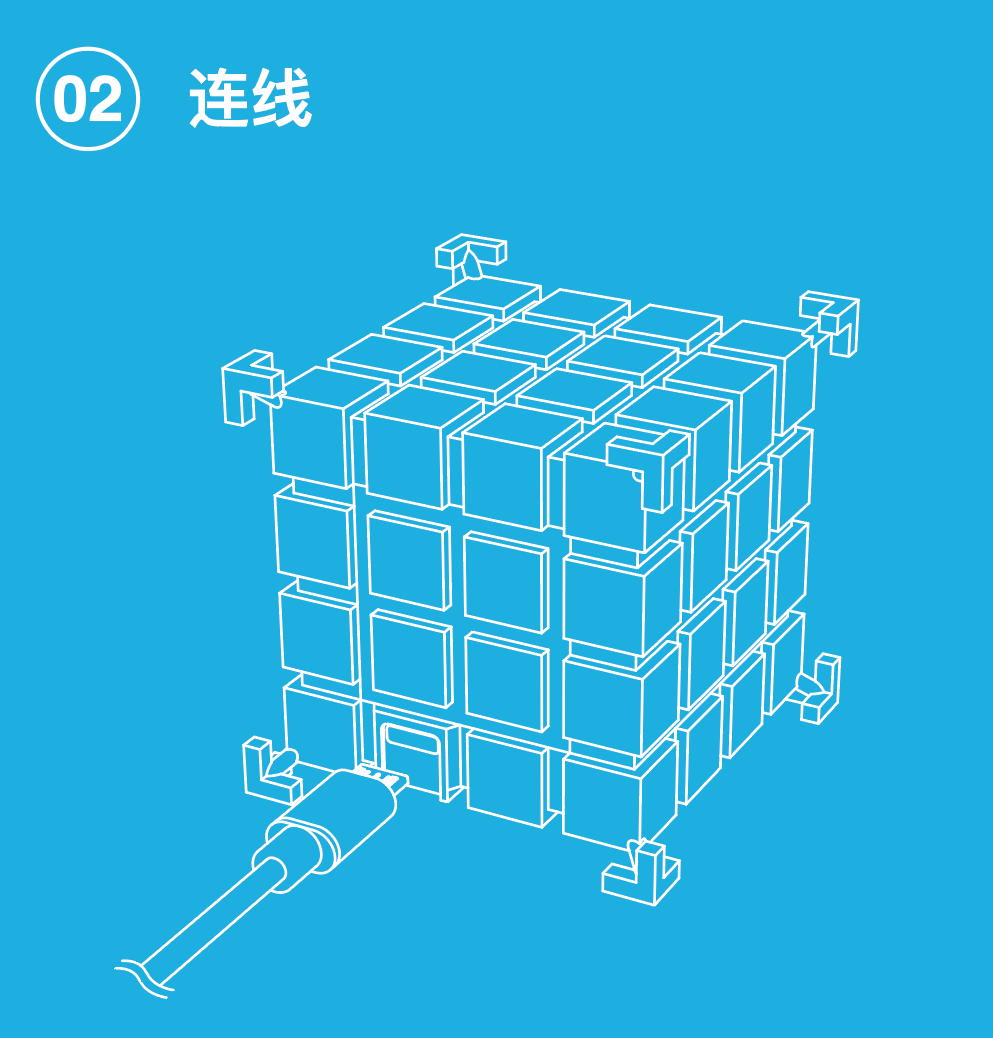
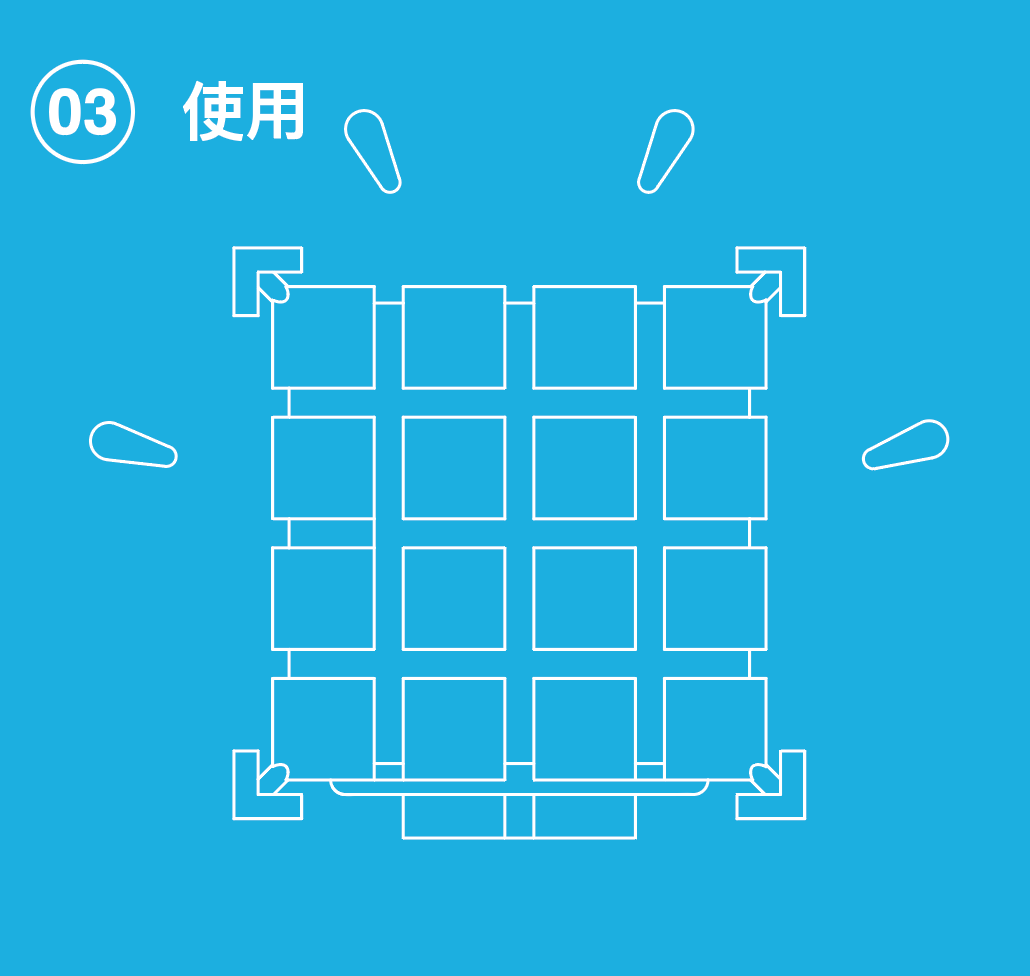



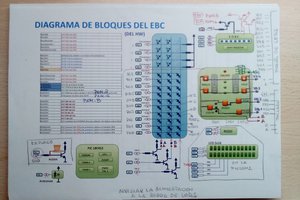
 David J. Sandoval
David J. Sandoval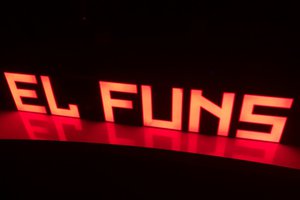
 Albert Gonzalez
Albert Gonzalez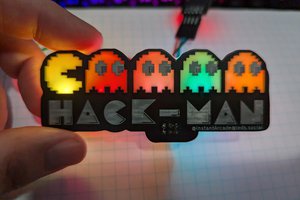
 InstantArcade (Bob)
InstantArcade (Bob)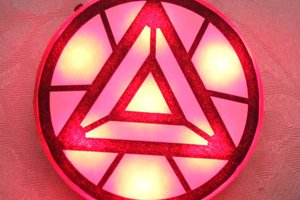
 mosaicmerc
mosaicmerc
This is awesome, any chance they will be available at other Supplyframe events, or are they available to order?